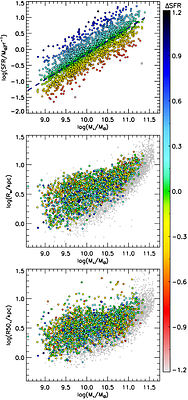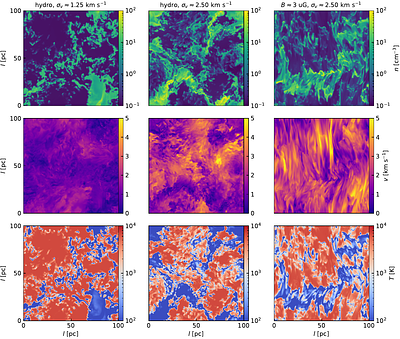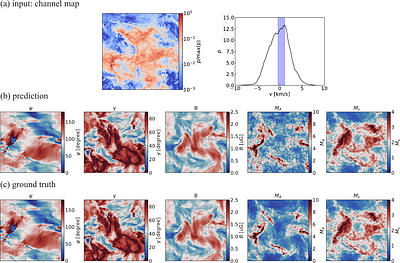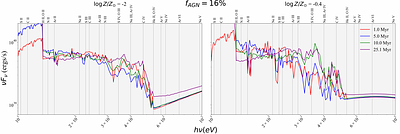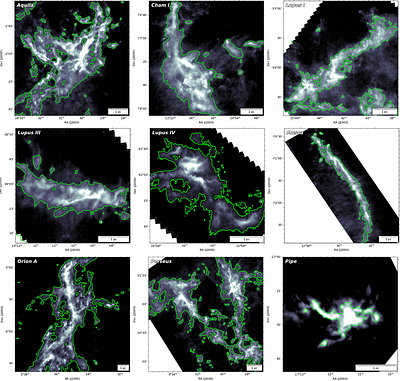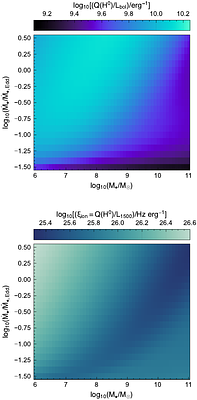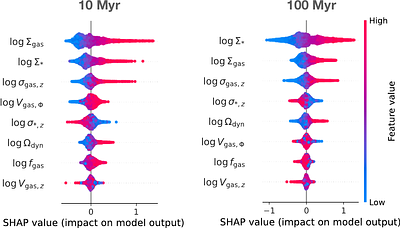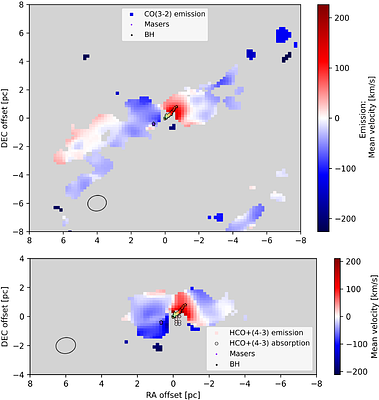By: Nicholas Fraser Boardman, Vivienne Wild, Natalia Vale Asari, Francesco D'Eugenio
By: Yue Hu
By: Yue Hu
By: Marcelo C. Vergara, Abbas Askar, Albrecht W. H. Kamlah, Rainer Spurzem, Francesco Flammini Dotti, Dominik R. G. Schleicher, Manuel Arca Sedda, Arkadiusz Hypki, Mirek Giersz, Jarrod Hurley, Peter Berczik, Andres Escala, Nils Hoyer, Nadine Neumayer, Xiaoying Pang, Ataru Tanikawa, Renyue Cen, Thorsten Naab
Emission Line Diagnostics for IMBHs in Dwarf Galaxies: Accounting for BH Seeding and ULX Excitation
By: Chris T. Richardson, Jordan Wels, Kristen Garofali, Julianna M. Levanti, Vianney Lebouteiller, Bret Lehmer, Antara Basu-Zych, Danielle Berg, Jillian M. Bellovary, John Chisholm, Sheila J. Kannappan, Erini Lambrides, Mugdha S. Polimera, Lise Ramambason, Maxime Varese, Thomas Vivona
By: Sihan Jiao, Fengwei Xu, Hauyu Baobab Liu, Yuxin Lin, Jingwen Wu, Zhi-Yu Zhang, Zhiqiang Yan, Di Li, Chao-Wei Tsai, Yongkun Zhang, Linjing Feng, Ke Wang, Zheng Zheng, Fanyi Meng, Hao Ruan, Fangyuan Deng, Keyun Su
By: Stephen M. Wilkins, Aswin P. Vijayan, Scott Hagen, Joseph Caruana, Christopher J. Conselice, Chris Done, Michaela Hirschmann, Dimitrios Irodotou, Christopher C. Lovell, Jorryt Matthee, Adèle Plat, William J. Roper, Anthony J. Taylor
By: Diane M. Salim, Matthew E. Orr, Blakesley Burkhart, Rachel S. Somerville, Miles Cramner
By: Christopher J. Storfer, Eugene A. Magnier, Xiaosheng Huang, David Rubin, David J. Schlegel, Saurav Banka, Kenneth C. Chambers, Jean-Charles Cuillandre, Thomas de Boer, Raphael Gavazzi, Stephen Gwyn, Michael J. Hudson, Gregory S. H. Paek, Douglas Scott
By: V. Gámez Rosas, P. van der Werf, J. F. Gallimore, V. Impellizzeri, W. Jaffe, S. García-Burillo, S. Aalto, L. Burtscher, V. Casasola, F. Combes, C. Henkel, I. Márquez, S. Martín, C. Ramos Almeida, S. Viti
